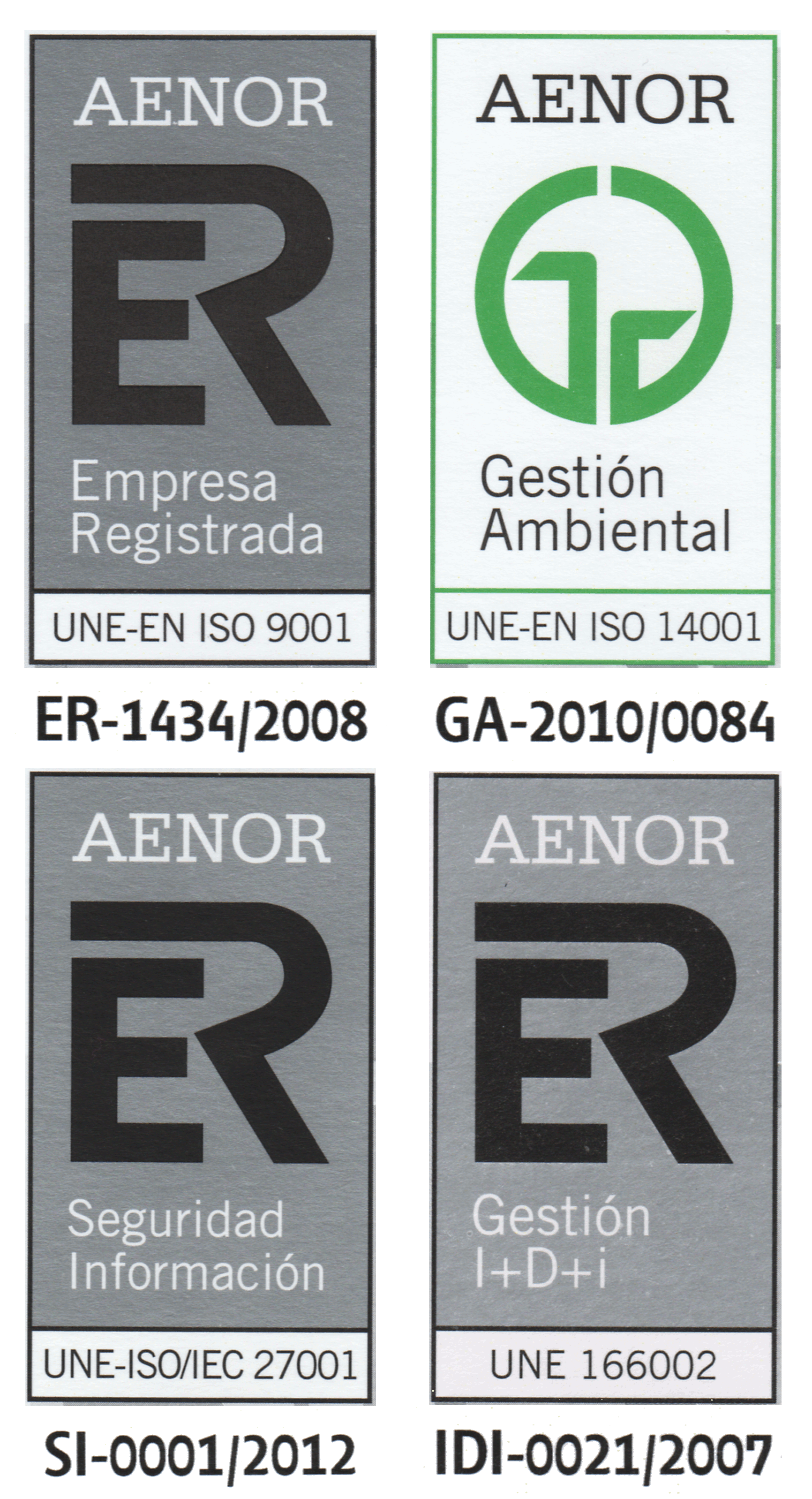Population Dynamics P System (PDP) models: a standarized protocol for describing and applying novel bio-inspired computing tools
| Title | Population Dynamics P System (PDP) models: a standarized protocol for describing and applying novel bio-inspired computing tools |
| Publication Type | Journal Papers |
| Year of Publication | 2013 |
| Authors | Colomer, A. M., Margalida A., & Pérez-Jiménez M. J. |
| Journal Title | Plos One |
| Publisher | Plos |
| Edition | 8 |
| Volume | 4 |
| Pages | 1-13 |
| Abstract | Today, the volume of data and knowledge of processes necessitates more complex models that integrate all available information. This handicap has been solved thanks to the technological advances in both software and hardware. Computational tools available today have allowed developing a new family of models, known as computational models. The description of these models is difficult as they can not be expressed analytically, and it is therefore necessary to create protocols that serve as guidelines for future users. The Population Dynamics P systems models (PDP) are a novel and effective computational tool to model complex problems, are characterized by the ability to work in parallel (simultaneously interrelating different processes), are modular and have a high computational efficiency. However, the difficulty of describing these models therefore requires a protocol to unify the presentation and the steps to follow. We use two case studies to demonstrate the use and implementation of these computational models for population dynamics and ecological process studies, discussing briefly their potential applicability to simulate complex ecosystem dynamics. |
| URL | http://www.plosone.org/article/info%3Adoi%2F10.1371%2Fjournal.pone.0060698 |
| Impact Factor | 3.730 |
| Ranking | 7/56 - Q1 |
| ISSN Number | 1932-6203 |
| DOI | 10.1371/journal.pone.0060698 |



